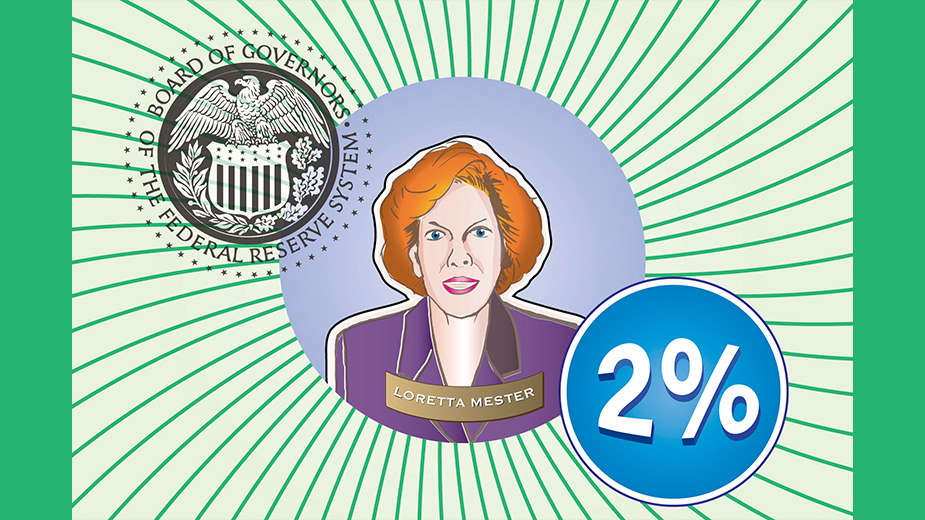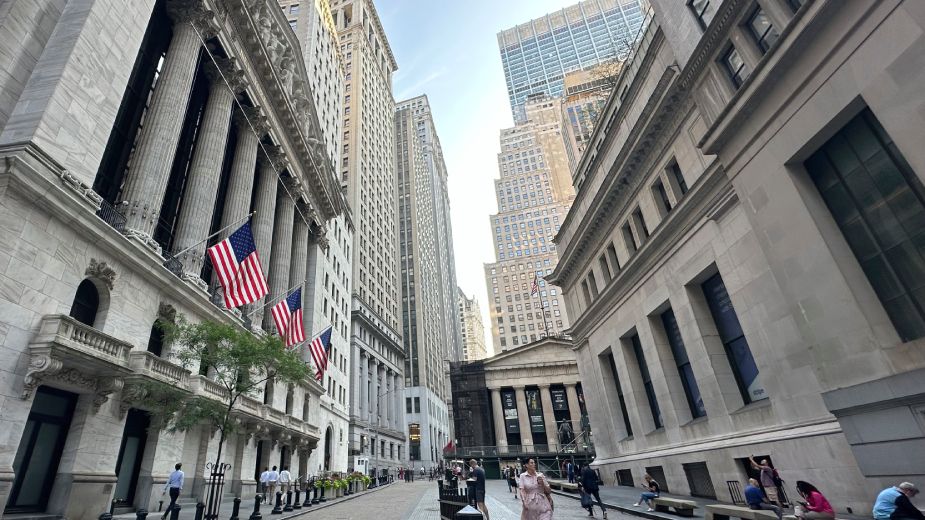Ohio Jobless Claims Decline, Unemployment Payments Near $6B
YOUNGSTOWN, Ohio — Ohioans filed 27,937 new jobless claims for the week ended July 25, according to the Ohio Department of Job and Family Services. That’s down from 30,138 the week prior and 246,278 fewer than the peak earlier this year.
Continued jobless claims decreased as well to 423,452, which is 352,850 fewer than the peak. However, payments in unemployment compensation continues to add up, with the ODJFS distributing more than $5.7 billion payments to more than 764,000 Ohioans over the last 19 weeks. That’s up from $5.5 billion to 757,000 applicants a week ago.
This comes after the weekly Federal Pandemic Unemployment Compensation payments of $600, made possible by the federal Cares Act, expired July 25.
ODJFS has processed about 94% of the more than 1 million applications it’s received. The agency has also issued more than $4.7 billion in Pandemic Unemployment Assistance payments to more than 492,000 claimants.
In an effort to spur the state’s economic recovery, ODJFS in June received an $8.5 million federal Employment Recovery National Dislocated Worker Grant to help re-emply Ohioans who lost their jobs because of the COVID-19 pandemic. Grant monies are also being used to help employers rebuild their workforces.
Earlier in July, the state received a three-year $9.4 million federal grant to expand its registered apprenticeship system.
In Pennsylvania, the state’s Department of Labor reported 37,986 claims filed for the week ended July 18. That’s down from 44,798 the week prior. All told, the commonwealth reports 1,907,863 total claims since March 15. In that time, the commonwealth has paid more than $30.7 billion in unemployment benefits.
Nationally, more than 1.4 million laid-off Americans applied for unemployment benefits last week, further evidence of the devastation the coronavirus outbreak has unleashed on the U.S. economy.
The continuing wave of job cuts is occurring against the backdrop of a spike in virus cases that has led many states to halt plans to reopen businesses and has caused millions of consumers to delay any return to traveling, shopping and other normal economic activity. Those trends have forced many businesses to cut jobs or at least delay hiring.
The Labor Department’s report Thursday marked the 19th straight week that more than 1 million people have applied for unemployment benefits. Before the coronavirus hit hard in March, the number of Americans seeking unemployment checks had never exceeded 700,000 in any one week, even during the Great Recession.
The number of new applicants was up by 12,000 from the week before, the second straight increase
All told, 17 million people are collecting traditional jobless benefits, a sign that unemployment checks are keeping many American families afloat financially at a time of big job losses and agonizing economic uncertainty.
The pain could soon intensify: An supplemental $600 in weekly federal unemployment benefits is expiring, and Congress is squabbling about extending the aid, which would probably be done at a reduced level.
A resurgence of cases in the South and the West has forced many many bars, restaurants, beauty salons and other businesses to close again or reduce occupancy. Between June 21 and July 19, for example, the percentage of Texas bars that were closed shot up from 25% to 73%; likewise, 75% of California beauty shops were shuttered July 19, up from 40% just a week earlier; according to the data firm Womply.
And many states have imposed restrictions on visitors from states that have reported high level of virus cases, thereby hurting hotels, airlines and other industries that depend on travel.
The virus and the lockdowns meant to contain it have hammered the American economy: Employers slashed a record 20.8 million jobs in April, restoring about 7.5 million of them in May and June as many states began to reopen their economies.
Last week, an additional 830,000 million people applied for jobless aid under a new program that extends eligibility for the first time to self-employed and gig workers. That figure isn’t adjusted for seasonal trends, so it’s reported separately.
Altogether, the Labor Department said that 30.2 million people are receiving some form of unemployment benefits, though the figure may be inflated by double-counting by states.
Since she was laid off by a tech industry nonprofit May 15, Miranda Meyerson, 38, has been trying to find another job and to sign up for unemployment benefits. ”It’s just incredibly frustrating and demoralizing,’’ she said. Potential employers seem to be delaying hiring decisions. “Nobody gets back to you,’’ she said. “You feel like there’s only so long you can submit (applications) into a void.’’
Meyerson and her partner moved from New York to Oakland, California, in March, just as the virus began to spread rapidly across the United States. The move to a new state has complicated her so far futile efforts to collect benefits from a swamped California unemployment benefits system. ”They’re obviously totally overwhelmed,” she said. “You can’t even get on the phone to talk to anybody.’’
Allegra Troiano, 64, was stunned when the Milwaukee English language learning center she ran was closed in May. “They got through SARS. They got through the Ebola scare,’’ she said. “Nobody ever thought it would get to the point where we were shutting down.’’
The extra $600 in unemployment pay has been a lifeline as she contends with a $2,200 mortgage and $600 in monthly health insurance expenses. “It means surviving,” she said.
Laid off from his job as a bank security guard in March, James Adams, 53, of New Kensington, Pennsylvania, said that “losing that $600 a week would be devastating. I have been having a hard time sleeping.’’
A Trump voter, Adams has a message for Republican senators reluctant to spend more money on unemployment aid: “I know they want to be fiscal hawks, but swallow the bitter pill and help out the people who need this help.”
Copyright 2024 The Business Journal, Youngstown, Ohio.



